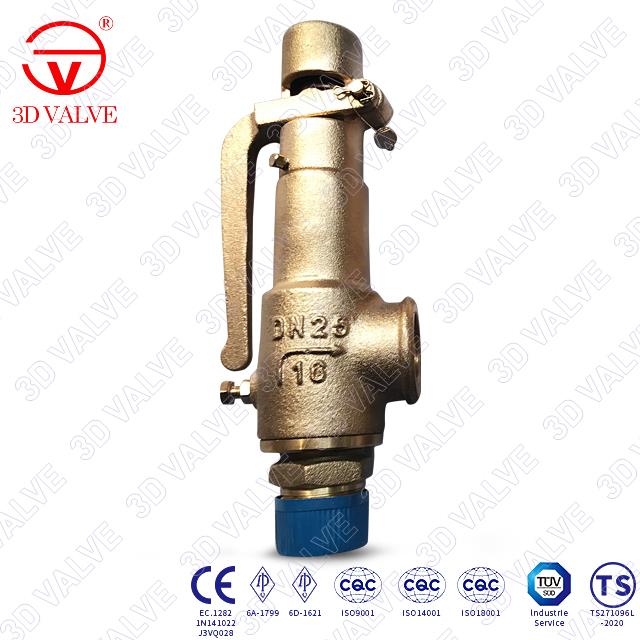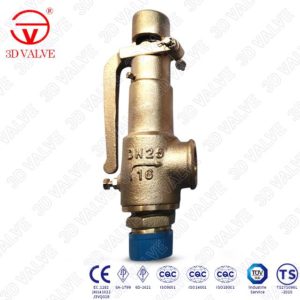

Main function Safety valve plays a safety protection role in the system. When the system pressure exceeds the prescribed value, the safety valve opens, and a part of the gas/fluid in the system is discharged into the atmosphere/pipeline, so that the system pressure does not exceed the allowable…
Email-us info@tawajodindustrial.ae
Main function
Safety valve plays a safety protection role in the system. When the system pressure exceeds the prescribed value, the safety valve opens, and a part of the gas/fluid in the system is discharged into the atmosphere/pipeline, so that the system pressure does not exceed the allowable value, so as to ensure that the system does not cause accidents due to excessive pressure.
Technical terms
Nominal pressure: indicating the maximum allowable pressure of the safety valve at room temperature. The safety valve for high-temperature equipment should not consider the reduction of material allowable stress at high temperature. Safety valve is designed and manufactured according to nominal pressure standard.
Opening pressure: also known as rated pressure or setting pressure, refers to the inlet pressure when the safety valve disc starts to rise under operating conditions. Under this pressure, there is a measurable opening height, and the medium is continuously discharged by visual or auditory perception.
Discharge pressure: The inlet pressure when the disc reaches the specified opening height. The upper limit of discharge pressure shall be subject to the requirements of relevant national standards or norms.
Overpressure: The difference between the discharge pressure and the opening pressure is usually expressed as a percentage of the opening pressure.
Seat pressure: After discharging, the disc contacts the seat again, that is, the inlet pressure when the opening height becomes zero.
Open-close pressure difference: The difference between open pressure and return pressure is usually expressed by the percentage of return pressure and open pressure. Only when the open pressure is very low, the difference between them is expressed by the pressure difference.
Back pressure: The pressure at the exit of the relief valve.
Rated discharge pressure: The upper limit of discharge pressure specified in the standard.
Sealing test pressure: The inlet pressure of the sealing test, under which the leakage rate through the sealing surface of the closure piece is measured.
Open Height: The actual lift of the disc away from the closed position.
Runner area: refers to the minimum cross-sectional area of the runner between the inlet end of the valve and the sealing surface of the closure, which is used to calculate the theoretical displacement without any resistance effect.
Runner diameter: The diameter corresponding to the area of the runner.
Curtain area: The area of cylindrical or conical passages formed between the sealing surfaces of the disc when it is above the seat.
Discharge area: The minimum cross-sectional area of the fluid passage when the valve discharges. For full-inspiration relief valves, the discharge area is equal to the area of the runner; for micro-open relief valves, the discharge area is equal to the area of the curtain.
Theoretical displacement: It is the calculated displacement of an ideal nozzle with the same cross-section area of the runner and the area of the safety valve runner.
Displacement coefficient: the ratio of actual displacement to theoretical displacement.
Rated displacement coefficient: the product of displacement coefficient and reduction coefficient (0.9).
Rated displacement: refers to the part of the actual displacement allowed to be used as the safety valve reference.
Equivalent calculation displacement: refers to the calculation displacement of safety valve when the pressure, temperature, medium properties and other conditions are the same as the applicable conditions of rated displacement.
Frequency jump: The safety valve disc moves abnormally and rapidly back and forth, and in motion the disc contacts the seat.
Flutter: The relief valve disc moves abnormally and rapidly back and forth, and the disc does not touch the seat in motion.
